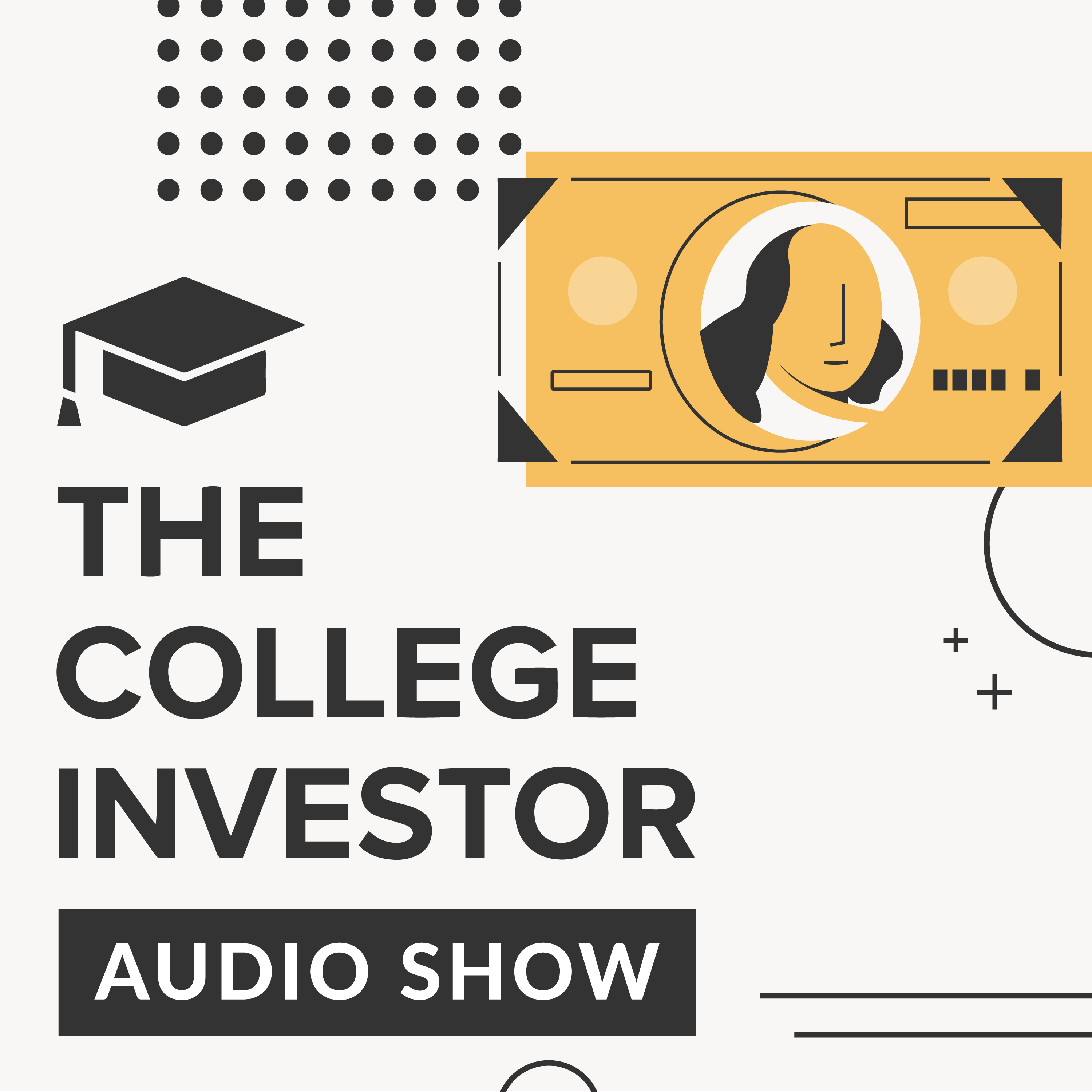Understanding Undermatching
Description
Low-income students are half as likely to enroll in selective colleges as compared with high-income students with similar grades and test scores. This is called undermatching.
These students are often academically talented and likely to be admitted.¹ ² Still, many end up at less-selective colleges, such as lower-cost public colleges and community colleges. Some don’t enroll in any college at all.
Public policy advocates have claimed that very selective colleges are more affordable for low-income students, despite the higher cost of attendance. For example, Matthew M. Chingos wrote in a Brookings Institution article, “For low-income students, these colleges will generally cost them and their families less than a less-selective institution with a lower sticker price but fewer resources for financial aid.”
But is this true? Does generous financial aid really make selective colleges more affordable than lower-cost colleges? Or are selective colleges just trying to shift blame for their failure to enroll more low-income students? Below, we take a deep dive into the data to answer those questions.
More Episodes
In 2011, some protestors encouraged borrowers to refuse to repay their student loans as part of Occupy Wall Street. They said that if enough borrowers joined this protest, the lenders would have no choice but to cancel the student loan debt.
Few people participated, and even those that did only...
Published 11/15/24
Being placed on a college admissions waitlist can create a mixed bag of emotions for applicants. On one hand, it isn’t an outright rejection, but on the other, it can feel as though you're being left on the sidelines.
After all the effort you’ve put into essays, interviews, and extracurriculars,...
Published 11/13/24
Published 11/13/24


